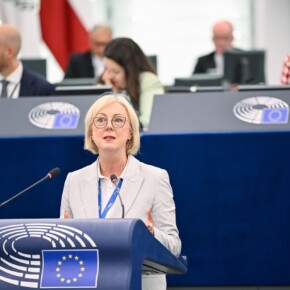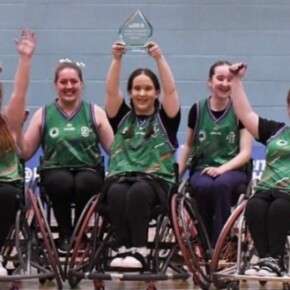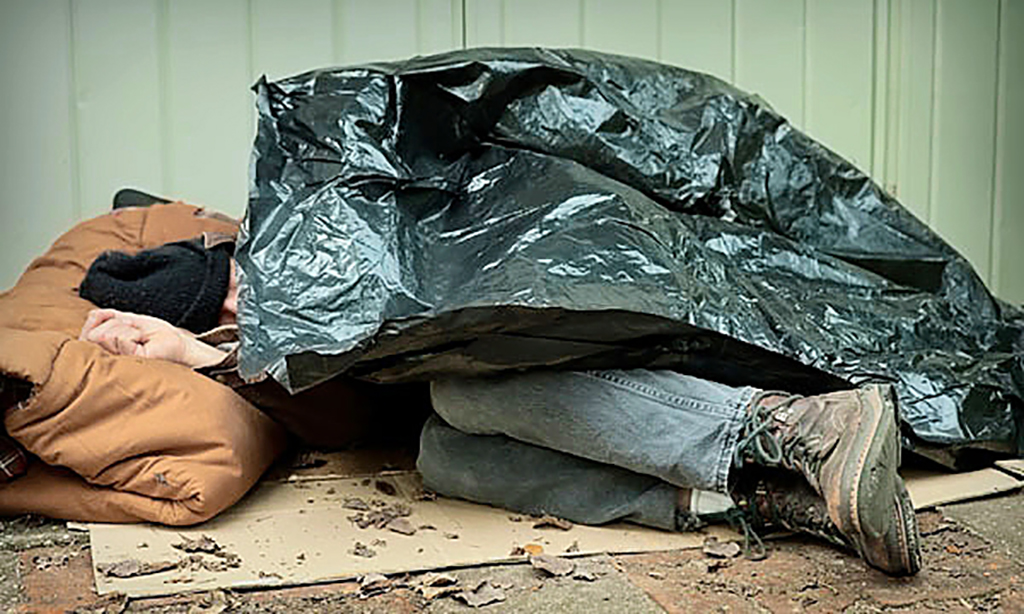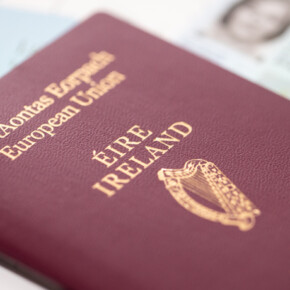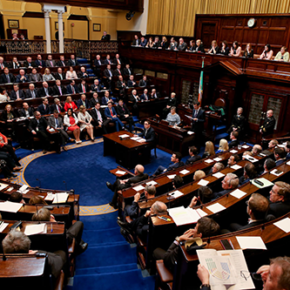Willie Nolan Road, Baldoyle
Dublin People 24 Sep 2013THE casual traveller through the village of Baldoyle may happen to notice the green street name sign hanging high on the gable of the old French Family cottage opposite the parish church.
The bi-lingual sign identifies this road as
‘Willie Nolan Road’. Some may infer that Willie Nolan is the self same Willie after whom the nearby children’s hospital was pet-named
‘The Little Willie Hospital’. Not so! The original name of this road was
‘New Road’ and it was changed to its present name on the suggestion of Councillor Tom Cosgrave.
The road was named by Mr. J. Ennis, Chairman of Dublin County Council on 22nd of May 1940. New Road is believed to have been a famine relief work in the area. It is not on the Ordnance map for 1837 but it is on the map of 1869.
Willie Nolan was born in Bray, County Wicklow in 1895. As a boy he displayed a strong talent in the sport of golf. As he grew to manhood he took a keen interest in the game and on the invitation of James Bourke came as professional to Howth where Bourke was club captain. Even then Willie was showing his prowess as a huge hitter of the ball: his five-feet-eleven-inch, fourteen stone frame lending massive power to his shoulders. Willie could quite easily drive the ball up to 340 yards, a feat impossible to but few professionals in those pre metal shafted club days.
Willie learned his golf at Sutton and Portmarnock. Unlike others of his calling he was in no way flamboyant and he generally dressed in inconspicuous colours. His favoured attire was grey cap, flannel trousers, and plain shirt. He turned professional in 1920 and served in Newtownbarry (now Bunclody), Tullamore, Galway, Sligo, Howth, and his beloved Portmarnock. He first came to prominence when he was runner-up to Moses O’Neill in the Irish Professional Championship at Newlands in 1925. He won the Moran Cup at Hermitage in May 1933 and shortly afterwards broke the course record at Dundalk.
Later that year he was joint runner-up with Henry Cotton and Ernest Whitcombe to W. H. Davies in the £1550 Dunlop Guinness Trophy. His four round totals of 282 in the Irish Professional Championship of 1934 was believed at that time to be the lowest return in any championship here or in Britain.
His wins included The Moran Cup in 1931, 1933, 1934, 1935, and 1936, Irish Professional Championship in 1934, The Irish Dunlop Cup 1934, and The Cork Examiner Cup in 1926.
He represented his country many times: (v. England 1932, ’33, ’38, v. Wales 1937, ’38, and v. Scotland 1932, ’33, ’34, ’35, ’36, ’37).
There were few professionals who could out-drive Willie. He was also a wonderful iron hitter and if his game did have a weakness it was with short putts. He was a much sought-after teacher and an expert designer and manufacturer of clubs. He was known as a kind, honest, friendly and courteous man and was well known and respected in Baldoyle. He was known to have left funds to provide rounds of drinks in the local taverns following auspicious triumphs.
His real claim to fame, however, was to come in the Open Championship at St Andrew’s in 1933. In the space of two days he equalled and lowered the new and old links records at the famous course. Nolan reached the green with two mighty shots but was faced with a very long putt to establish the new record of 67. There was absolute silence as he measured and read the green, and then struck the ball. It rolled across the green, going on and on it seemed for ever, and then dropped in to the hole. The cheer was so loud as to almost startle the larks soaring above the dunes in Portmarnock!
In 1938 Willie Nolan’s health began to fail and he became frustrated at his inability to achieve golfing success. He died of cancer at the very young age of 44, but his record at St Andrew’s lived on for some years after him. Perhaps he was born too soon? Had he lived in the current climate he would probably have been a very wealthy man. Such was not the case and Willie is remembered as a truly fine professional and especially as a gentleman son in his adopted home, Baldoyle. He is buried in Kilbarrack.


